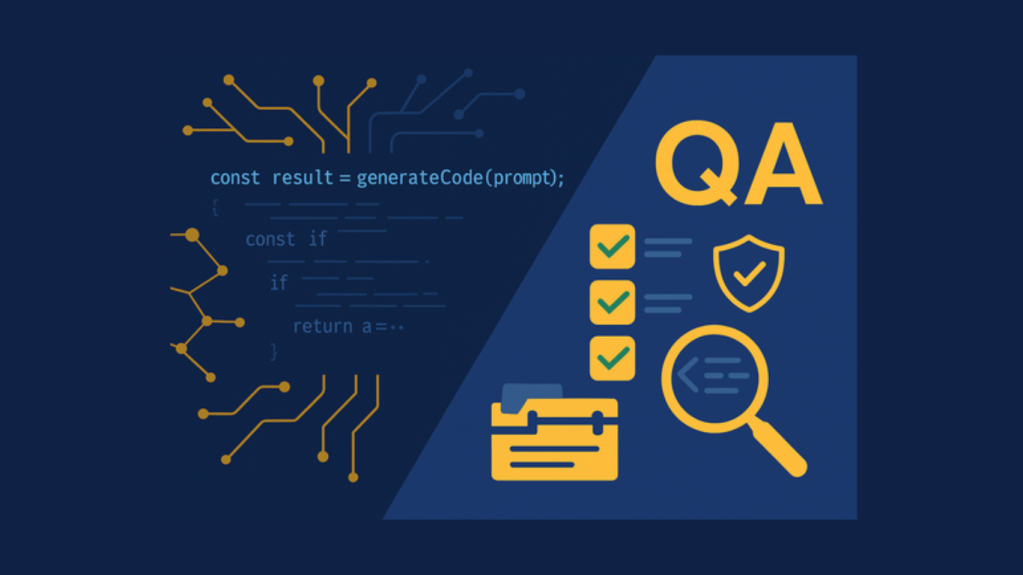Deploying a React application is among the most important phases of the job that introduces your project to the world. Thanks to its robust ecosystem and component-based architecture, React has become a top choice for modern web development. Be it an app with a slick interactive UI or intricate data exposures, this final stage will be where all your hard work pays off!
Choosing a Hosting Platform
Choosing the right place to host your React app can really impact how smoothly things run. Here are a few popular options to consider:
- Netlify: Netlify is a favorite among developers due to its simple setup process and seamless integration with Git. It automatically handles deployments whenever you push new code to your repository, eliminating the need for manual updates or complicated deployment pipelines. Additionally, it offers features like serverless functions, form handling, and automated previews, making it a comprehensive platform for modern web development.
- Vercel: Designed with React in mind, Vercel streamlines both the build and deployment processes, offering an easy and efficient setup. It’s particularly suited for front-end applications and static sites, ensuring automatic builds and fast global deployment. Vercel also excels in serverless functions and instant previews, allowing teams to collaborate with ease and ship code faster.
- GitHub Pages: If you’re working on a static website or a simple web app, GitHub Pages offers a straightforward, no-frills solution. With minimal setup required, you can deploy directly from a GitHub repository, making it perfect for projects that don’t need advanced hosting features. Its simplicity and integration with GitHub make it an attractive option for personal websites, documentation, or basic apps.
- AWS Amplify: For developers who need a more robust solution, AWS Amplify provides not just hosting but also a range of backend services like authentication, APIs, and storage. It’s a great choice if your app has more complex requirements, such as handling real-time data or integrating with cloud-based services. Amplify’s scalability and integration with other AWS services make it a powerful option for building and deploying full-featured applications.
- Heroku: Heroku is known for its versatility, supporting both front-end and back-end deployments with ease. It’s ideal for developers who are working on full-stack applications, offering a range of add-ons and services for databases, caching, and performance monitoring. With its straightforward deployment process and support for a wide variety of programming languages, Heroku is a strong option for building and scaling more comprehensive apps.
Each platform has its unique perks, so think about what fits your project best.
Platform Feature Comparison
| Feature | Netlify | Vercel | GitHub Pages | AWS Amplify | Heroku |
| Ease of Setup | Easy | Easy | Easy | Moderate | Moderate |
| Integration with Git | Git integration for continuous deployment | Git integration for continuous deployment | Git integration for static sites | Git integration for comprehensive solutions | Git integration for full-stack apps |
| Automatic Builds | Yes | Yes | No | Yes | No |
| Static Site Hosting | Yes | Yes | Yes | No | Yes |
| Backend Services | No | No | No | Yes | Yes |
| Performance Monitoring | No | Basic | No | Yes | Basic |
👋 Need help with a React application audit or development?
Deploying Your React App
Deploying to Netlify
- Create an account: Start by signing up for Netlify and link your Git repository.
- Configure build settings: Netlify will automatically detect your React app’s build settings, but you might need to tweak them if necessary.
- Deploy: Once everything’s set, hit the deploy button. Netlify will build your app and push it live.
Deploying to Vercel
- Create an account: Sign up for Vercel and connect your GitHub, GitLab, or Bitbucket account.
- Import your project: Select your React project from your repository and import it into Vercel.
- Configure and deploy: Adjust any settings if needed and click deploy. Vercel will handle the rest, from building to live deployment.
Deploying to GitHub Pages
- Install gh-pages: First, add the gh-pages package to your project with npm install gh-pages or yarn add gh-pages.
- Configure package.json: Update your package.json to include a homepage field and add deploy scripts.
- Deploy: To publish your app, run npm run deploy or yarn deploy. GitHub Pages will take care of the rest.
Deploying to AWS Amplify
- Connect your repository: Link your project repository to AWS Amplify.
- Configure build bettings: Set up the build settings according to your app’s needs.
- Deploy and monitor: Deploy your app and use Amplify’s dashboard to monitor its performance and health.
Deploying to Heroku
- Create a Heroku App: Set up a new app on Heroku and choose the appropriate buildpacks for React.
- Deploy: You can deploy your app using Git commands or the Heroku CLI. Simply push your code to Heroku, and it will handle the deployment.
Each platform has its own steps, but all aim to make getting your React app online as smooth as possible. Choose the one that fits your needs and follow these steps to go live.
Verifying Deployment
- Check the application: After your app is live, take a moment to see if everything is working as it should. Open it in your browser and click around to make sure all parts are functioning correctly. Look out for any glitches or issues that pop up.
- Testing: Test your app’s features to ensure smooth operation. Confirm that everything is working as expected. Also, run performance tests to see how your app handles different levels of traffic and check if it slows down at all.
Troubleshooting Common Issues
- Build errors: If you hit a snag during the build, it could be due to settings or missing files. Check the error messages for hints and ensure all your dependencies are set up correctly. The build logs can also help you figure out what went wrong.
- Deployment failures: If your deployment doesn’t go through, it might be a problem with your settings or a network hiccup. Look at the deployment logs for specific error messages and review your configuration. Sometimes, just redeploying or clearing the cache can sort things out.
Deploying your React app can be straightforward when you know the steps. Each hosting platform has its strengths, so choose the one that fits your needs and get your app online with confidence.
If you need help with your deployment or want to ensure everything goes smoothly, Curotec is here to help. Our expert development team can guide you through the process and handle any challenges that arise.
Reach out to us today, and let’s make your deployment smooth and successful!









